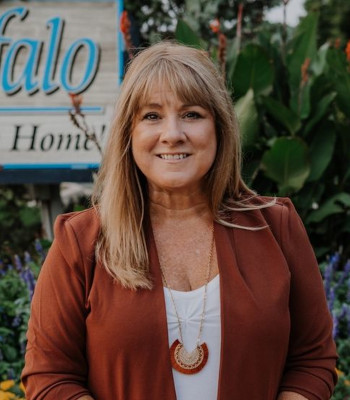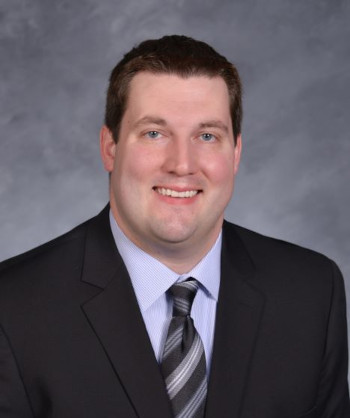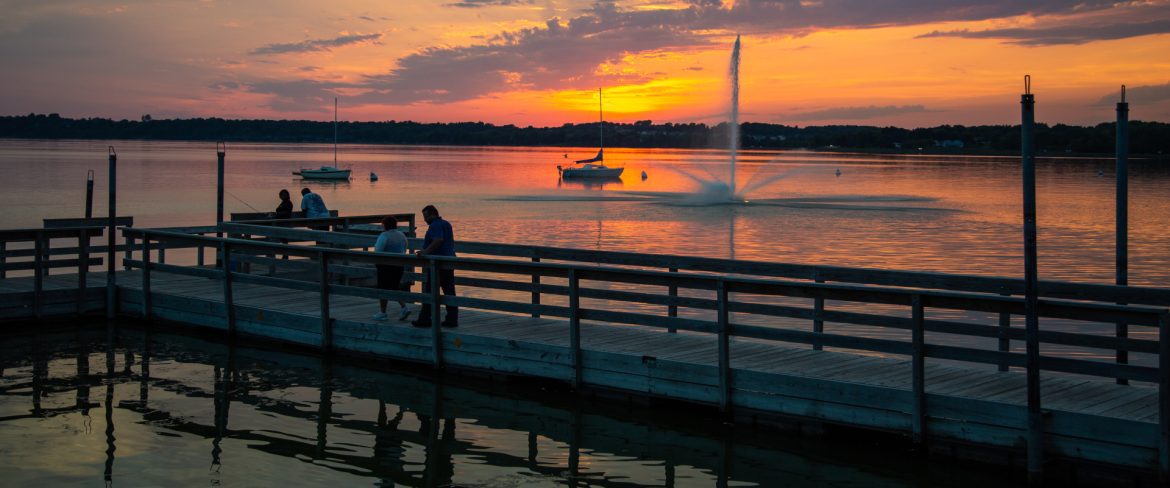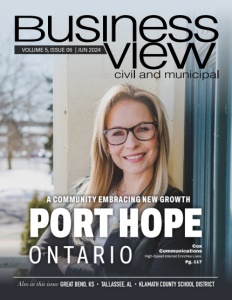Buffalo, Minnesota
Growth and Community at the Heart of the Midwest
Blending a rich heritage with innovative growth strategies to foster a tight-knit community.
Buffalo, Minnesota, a charming city about 42 miles northwest of Minneapolis, blends small-town warmth with vibrant community spirit. Known for its picturesque settings, Buffalo is bordered by two beautiful lakes, Buffalo Lake and Lake Pulaski, which provide ample opportunities for outdoor recreation. The city’s parks, trails, and community spaces are well-maintained and invite residents and visitors alike to enjoy year-round activities, from summer concerts in Sturges Park to winter skating at the Civic Center.
A hub of local culture, Buffalo hosts an array of events that draw crowds from across the region. The annual Buffalo Days, celebrated every June, features a grand parade, fireworks, and a variety of family-friendly activities. Meanwhile, the Buffalo Championship Rodeo, Minnesota’s oldest rodeo, showcases thrilling performances of cowboy skill and tradition. Art enthusiasts will appreciate the city’s numerous public sculptures and murals and the popular Art & Craft Festival held each August.
Mayor Teri Lachermeier shares her enthusiasm about what makes the city stand out. “I consider myself the number one cheerleader for our community,” she begins, highlighting the intimate charm of Buffalo. “We’re a very quaint town with a strong sense of community,” she notes. The mayor also outlines the extensive recreational infrastructure that makes Buffalo a notable destination. “We have 30 public parks, two arenas, and our civic center,” she shares. The city also prides itself on its 27 miles of bike and pedestrian trails and a municipal airport that hosts a popular annual aviation event. “These facilities and events highlight what we have to offer and put our city on the map,” she adds.
Celebrating Recreation and Culture in Buffalo

Teri Lachermeier, Mayor
The Planning and Economic Development Director, David Kelly, brings a unique perspective on Buffalo’s geographical charm. “One of the things that I always find exciting from the planning side is that we have two massive lakes in the city,” he points out. Buffalo Lake and Lake Pulaski are substantial in size and central to the community’s lifestyle and recreational activities. “People come from around the area to go fishing, and we utilize the lakes. We’re planning to enhance this interaction even further in the future,” Kelly explains, sharing his vision for leveraging these natural resources to enrich community life further.
He also touches on a curious local cultural quirk related to the city’s name. “It’s funny because we have these bison statues throughout our downtown, representing buffaloes, yet ironically, we’re named after the buffalo fish,” Kelly adds, illustrating how these icons have become embedded in the city’s cultural fabric.
Mayor Lachermeier expands on this cultural emblem with “Do the Roam,” a local art initiative involving uniquely decorated buffalo statues throughout Buffalo. “There’s a map listing all of the buffaloes within the community, each one uniquely decorated by our arts guild. People come to Buffalo to ‘do the roam,'” she says, pointing out that the number of statues has grown beyond the original 21 listed. This initiative not only celebrates local artistry but also fosters a unique interactive experience for residents and visitors, further encapsulating the community-oriented nature of Buffalo.
Development in Buffalo
As Buffalo continues to cultivate its charm and viability as a city, several major development projects and infrastructure initiatives are underway. Kelly outlines several substantial initiatives that are shaping Buffalo’s future.
“We have three big ones,” he says, his enthusiasm evident. “The future of Buffalo, the Business and Commerce Park is probably the biggest development project.” Located on a 95-acre site formerly used as a gravel pit along State Highway 55—one of the main thoroughfares through the city—this new industrial park represents a significant shift. “We’ve been eager to create a new industrial park for several years because the one we currently have had been pretty full for a while,” Kelly explains. With plans for building out the site in the coming years and searching for an anchor tenant, this development is poised to become a central hub for industrial growth.
Another significant project is the redevelopment of Trunk Highway 25. ” While a joint City-MnDOT project, the redevelopment of this highway will activate a major area right in the city’s downtown,” Kelly notes. The project has introduced more green space and potential uses for the lake, enhancing the downtown area’s aesthetic and functional aspects.
Kelly also highlights the City’s efforts to replace older infrastructure in key areas of the city. “We have another street project coming up that will update some city infrastructure, including sewer service lines from the 1930s,” he reveals. Such updates are crucial for modernizing the city’s foundational services and ensuring sustainability for future generations.
The former Wright County Government Center project is potentially the most transformative for Buffalo’s downtown landscape. ” This property is 6 ½ acres of lakefront property, and the County recently entered into a purchase agreement with a developer to redevelop the parcel in conjunction with our 2040 Downtown Visions Plan,” Kelly shares. The mixed-use development envisioned for this site could include residential and commercial spaces, significantly impacting the city’s core.
Kelly points to Buffalo’s growth as a residential haven when discussing housing developments. “We have a lot of single-family homes, unsurprisingly, as the West Metro keeps growing out of the Twin Cities,” he says. Developments like Greenbriar Hills and Settlers Brook are expanding Buffalo’s housing stock. At the same time, multifamily and senior living facilities like Creekside Manor cater to diverse needs, including the increasing demand for affordable housing. “We’re actively seeking additional affordable housing opportunities to provide a better housing mix to our residents,” he adds, indicating a strategic focus on inclusivity in Buffalo’s housing market. This blend of development initiatives underscores a concerted effort to craft a thriving, inclusive community that balances growth with quality of life.
A Magnet for Growth and Innovation
Buffalo’s strategic advancements in infrastructure, particularly in telecommunications, have significantly elevated its appeal as a prime location for businesses and residents alike. Mayor Lachermeier emphasizes the city’s recent strategic enhancements.
“We just recently made a large investment in fiber. Our council decided to move forward with City owned, Buffalo Fiber, extending our fiber network to priority areas first,” she states. This move aims to bolster the city’s future business and commercial prospects, offering competitive rates that challenge the private sector. “It’s a big piece of what people are looking for,” she adds, noting the importance of high-speed connectivity in today’s digital economy.
Highlighting the city’s cultural vibrancy, Mayor Lachermeier proudly mentions, “We have events like the Street Party of Hope, Buffalo Days, and Kites on Ice, which attract visitors and former residents. Every Thursday during summer, we offer free concerts in the park supported by local businesses, emphasizing our community spirit without relying on taxpayer dollars.”
Kelly shares insights into the thriving local business scene thanks to the city’s supportive environment and desirable location. “Forget Me Not Cafe and OutDo Work suites are just a couple of examples of businesses that have expanded significantly,” he explains. Similarly, JTB Home Furnishings has tripled its space, diversifying its product offerings and contributing to the downtown’s economic vitality.

Taylor Gronau, the City Administrator
Taylor Gronau, the City Administrator, brings attention to the healthcare sector, specifically Allina Full-Service Hospital, a significant regional employer and healthcare provider. “They offer a range of specialties, from cardiology to oncology, right here in town,” Gronau points out, highlighting the hospital’s ongoing plans for expansion despite spatial limitations. This breadth of services underscores Buffalo’s capacity to provide comprehensive care and employment opportunities, reinforcing its status as a growing hub within the state.
Meeting Challenges with Resilience and Innovation
Despite its thriving community and economic development, Buffalo has faced significant challenges, particularly around local employment and infrastructure shifts. Kelly discusses the relocation of the Wright County Government Center from downtown. This move initially sparked concerns about a potential downturn in local business due to the loss of daily foot traffic.
“When they were relocating, there was a genuine concern about losing 300 plus people who would eat, shop, and spend time downtown,” he explains. Surprisingly, this shift did not lead to the business closures anticipated. “Few, if any, business closures have resulted directly from this. With the downtown investments, our business environment has proven to be largely stable and quite resilient,” Kelly observes.
He also highlights several initiatives that have bolstered downtown Buffalo’s resiliency and curb appeal. “The HRA’s downtown facade improvement program, offering $7,500 in matching grants, for specific façade updates has been very successful,” he states. Alongside, programs like the local spending campaign and a commercial repair program encourage businesses to invest in maintaining and enhancing their premises, ensuring lively and active downtown streets.
Mayor Lachermeier adds perspective on relocating the government center to just outside the city limits, suggesting it could spur further economic development. “Due to the number of employees and the traffic the new campus attracts, it’s going to bring a lot of retail, restaurants, and other services,” she points out. This strategic move will expand Buffalo’s city limits and economic footprint.
Future Growth and Community Engagement
As Buffalo looks toward the latter half of 2024 and beyond, the city is poised on the cusp of a carefully managed growth trajectory, emphasizing infrastructure development and community engagement. Mayor Lachermeier articulates the balance Buffalo seeks to maintain as it grows.
“We’re innovating with growth and challenges. We are growing at such a nice pace, but it’s sometimes overwhelming,” she admits. The mayor emphasizes the importance of maintaining the city’s small-town feel alongside its expansion. “We want to keep that sense of community because we don’t want people to be strangers. We want them to come together,” she says. This balance involves ensuring infrastructure keeps pace with growth, including maintaining roads, expanding fiber access, and supporting retail and industrial developments.
Kelly highlights the specific areas where Buffalo intends to invest, mainly focusing on infrastructure and downtown revitalization. “The investments in infrastructure, whether it be fiber, streets, or pavement management plans, are huge,” he notes. He also points to placemaking and wayfinding downtown as major focal points for future investments. “Greater activation of Buffalo Lake, given its location right on the lake, is another priority. We’re excited to see how the redevelopment of the government center can enhance its use and integrate it more fully into the life of the downtown,” he explains.
Furthermore, Kelly discusses the importance of increased collaboration with stakeholders and the public to meet the community’s needs. “We’re always trying to find new ways to engage the public,” he states, mentioning new initiatives like the “See It, Fix It” infrastructure complaint service and the “Citizens Academy,” which aims to educate residents about city operations. “We’re aiming for more engagement, and I think, from there, we can only strengthen our community,” Kelly concludes.
Through thoughtful planning, innovative community engagement strategies, and a focus on enhancing everyday life for its citizens, Buffalo is setting a course for a future that respects its heritage while embracing the possibilities of growth and change. This strategic approach ensures that Buffalo will continue to thrive as a vibrant community, balancing the challenges of development while preserving its cherished small-town essence.
AT A GLANCE
City of Buffalo, Minnesota
What: A vibrant, growing community known for its picturesque lakes, dynamic culture, and strategic economic development.
Where: Buffalo, Minnesota
Website: https://www.ci.buffalo.mn.us/



